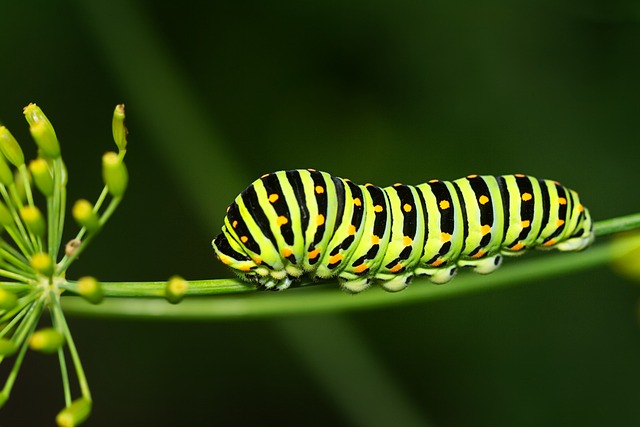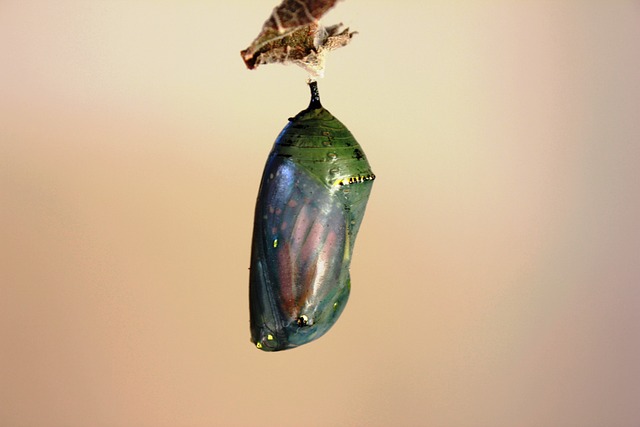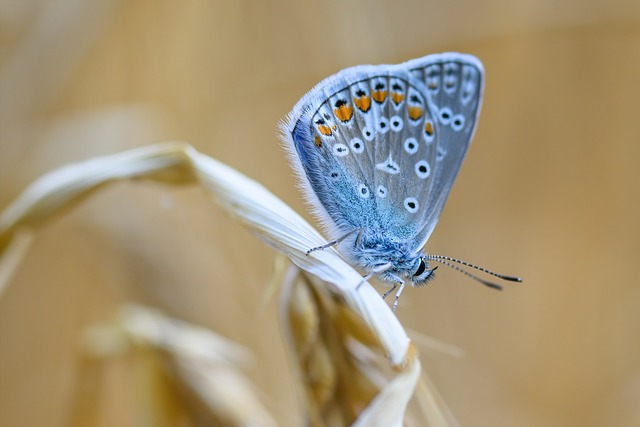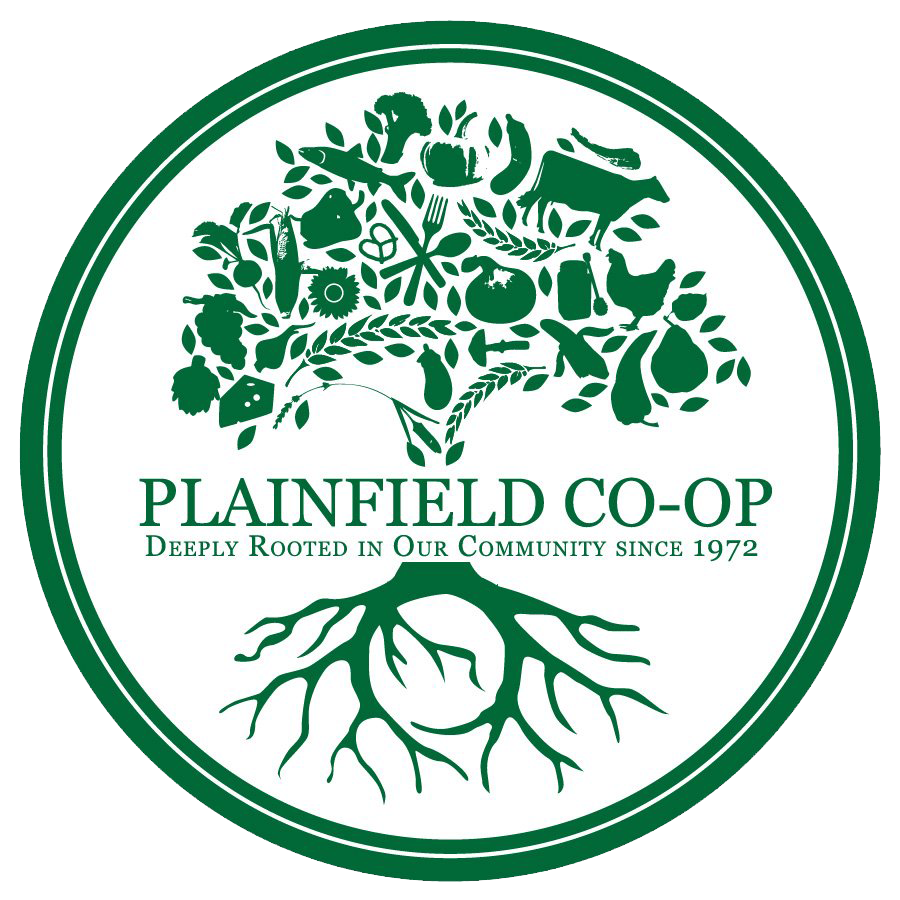by Jan Waterman
[This piece was originally generated for the March Arts Marathon – Central Vermont Refugee Action Network (cvran.org)]
All around our home we have access to co-ops of various sorts. Just to name a few, there’s a dairy cooperative, an electric co-op, a worker-owned cooperatively run chocolate shop, an artist’s co-op . . . . The co-ops that figure most prominently in my life are the food co-ops. Nearest us we have a small one (a throwback to the ‘70s) in our village a couple miles down the road. There’s also a large shiny one about 20 minutes away in town. You can find a food co-op in most towns around Vermont.
Generally, co-ops structure their business models in a way that invites and involves all stakeholders (consumers, staff, vendors, and the community at large) in shaping and sustaining them. Food co-ops around here are generally also committed to strengthening healthy local food systems, supporting sustainable agriculture, and providing quality food for all.
Wonderful ideals; mighty hard work. Usually a co-op will form a council or board of directors, a smaller number of members who strive to represent the wishes of the larger membership as they go about setting policies and overseeing those who oversee the business. Respectfully including the perspectives everyone brings to the table (including random interested stakeholders) can be difficult and frustrating. Consensus decision-making is an arduous process, requiring terrific patience and time and faith. Even the somewhat more “efficient” majority decision-making models can be painfully complicated, when those basic cooperative principles of inclusion, transparency and respect are foundational. Cooperation is a skill we’re not born with; it takes conscious and conscientious practice — like looking at a stranger and deciding to think, “You are a part of me.”
Meanwhile, things change. Demographics change. Cultures change. Economies change. So both of the food co-ops mentioned above are in transition now. The small one needs to move to a larger space that’s more visible and easily available to more people. In short, a substantial increase in the volume of business is required for its survival. This prospective move has opened the store’s atmosphere to significant upsets among staff, board and the community. The big co-op is struggling to balance corporate-style efficiency with basic cooperative principles, after a scandal hit the newspapers last summer which resulted in large upheavals in management and council membership. The ways forward for each co-op are unclear; the future is looking risky. It’s not so easy right now to imagine how things will turn out.

As for caterpillars, here’s a fun factoid: When they seal themselves into their chambers of transformation, which is the necessary next step in their life cycle, they are caterpillars. You knew that. When they come out, they’re winged marvels. You knew that, too. Did you know that what happens inside the chrysalis is not (as I imagined) the slow rearrangement of parts of one form to another, morphing of caterpillar legs into butterfly wings or some such? No. That caterpillar becomes something else altogether, not caterpillar or butterfly or some form in-between. Not at all. It becomes soup.

The previous form is altogether abandoned, and it literally digests itself into soup. Really. However: “Certain highly organized groups of cells known as imaginal discs survive the digestive process.” (I cannot overstate my delight in that term—imaginal.*) “Once a caterpillar has disintegrated all of its tissues except for the imaginal discs, those discs use the protein-rich soup all around them to fuel the rapid cell division required to form the wings, antennae, legs, eyes—all the other features of an adult butterfly or moth.” [1]

This marvel and its implications for everything from co-ops in transition to massive global, cultural change is a concept shared with me during a conversation about the Science of Transformation with Angelita Valencia Borbón, a Native Scientist. [2] It resonates so strongly with me now. I think that before much longer, we’ll all be in “the soup,” and groups of organized imaginal cells will begin to build something unrecognizable from what was. Caterpillars, co-ops, every living creature—what all might we imagine, and purposefully dream?
~ ~ ~ ~ ~ ~ ~ ~ ~ ~
* Imaginal: of or relating to imagination, images, or imagery (Merriam-Webster dictionary)
[1] How Does a Caterpillar Turn into a Butterfly? | Scientific American
[2] Angelita Valencia Borbón (Yo’eme) personal conversation, 2023
For pretty photos of caterpillars and moths and butterflies: The Caterpillar Lab | The Art of Caterpillars and Natural History
